‘Occupy Art’ might be the name by which the Arte Povera movement would be known had it been launched in this decade instead of the 1960s. Despite the gap in time the analogies are striking. Arte Povera (which is often translated as ‘Poor’ or ‘Impoverished’ art) was born in Turin, where Fiat,
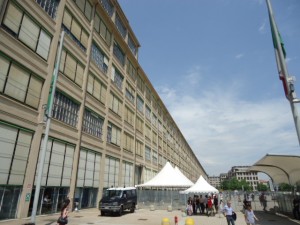
Lancia, Lavazza and many other major Italian industrial enterprises are headquartered.
The cradle of Italian industry, the city nurtured plutocratic dynasties like the Agnellis, owners of Fiat, as well as activists and philosophers like Antonio Gramsci
and Friedrich Nietzsche,
who had a fine view to console him in his exile.
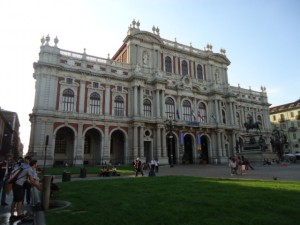
As with the Occupy movement, Arte Povera grew out of a circumstance of deepening contrast and confrontation – which makes it peculiarly apt that the city’s present-day showplace for Arte Povera
should be a grand,
but unfinished, 18th century edifice
– the Castello di Rivoli –
which is now a museum for contemporary art
(and also a spectacular vantage point for viewing the city and its surroundings).
An elegant 18th century room frames
Mario Merz’s ‘Time-Based Architecture – Time Debased Architecture’, 1981.
A work that brings vividly to mind the Occupy encampment in Zuccotti park, in 2011
and the shapes
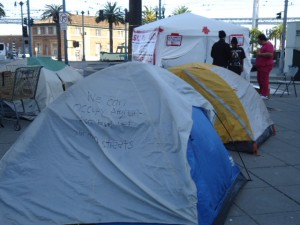
of its proliferating tents.
It is as if artists could look ahead

from the past
into the present.
In the next room is
a haunting work by Jannis Kounellis (‘Untitled’, 2009).
Ranks of coats lie on the polished floor of this 18th century chamber, conjuring up the ghosts of downsized workers.
Or like Occupy protesters in Seattle,
trying to find a place to sleep on inhospitable streets.
Next door is a work by one of the most elusive and intriguing artists of the late 20th century, Alighiero Boetti. He participated in some of the earliest Arte Povera shows in the 1960s, but then turned in another direction. He traveled to Afghanistan in 1971 and started a hotel in Kabul (it was called the (1) One Hotel). While living in the hotel he created a series of embroidered maps with the help of Afghan craftsmen and -women – these were to become his most famous works.
This embroidered work, titled ‘Catasta’ (Pile) was also made in collaboration with Afghans.
Boetti’s travels are said to have been inspired by an ancestor of his, Giovanni Battista Boetti dei Predicatori who left Italy in 1763 and became a Dominican monk. Later, after traveling to Turkey he converted to Islam and became a Sufi, taking the name Shaikh Mansur. Alighiero Boetti was also to change his name to Ali Ghiero.
Boetti’s reputation is undergoing a revival now, with a major retrospective at the Tate. The show will travel to several other cities – but one place it will not visit
is the National Gallery of Art in Kabul.
But Boetti’s embroidered panel is not the only object to have traveled from afar to the Castello di Rivoli. A few steps away is another panel which came much earlier and from much farther away.
It is a piece of tilework from China, probably Guangzhou, but it looks completely at home affixed to the base of an 18th century column.
Then comes Pier Paolo Calzolari’s mysterious installation
of speaking lightbulbs (‘Untitled’, 1970-71)
which is followed by the Duchess of Aosta’s 18th century dressing room,
transformed by the artist Lothar Baumgartner, son of an anthropologist, into a work called ‘Yurupari’ (1984).
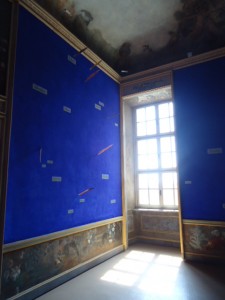 ‘The artist began with pieces,’ says the sign, ‘that refer to the German anthropological practice, initiated by Goethe, to tell about a place without ever having seen it…Adopting this method Baumgartner exposes its absurd pretext of understanding and studying the ‘other.”‘
‘The artist began with pieces,’ says the sign, ‘that refer to the German anthropological practice, initiated by Goethe, to tell about a place without ever having seen it…Adopting this method Baumgartner exposes its absurd pretext of understanding and studying the ‘other.”‘
Perhaps the most powerful work of all is Guiseppe Penone’s ‘Breathing the Shadow’, 1999,
in which thousands of bay leaves are attached to the walls, contained by wire mesh.
The room is suffused with the scent of the leaves, which courses through the viewers’ bodies
and into their lungs.
This after all, is what Occupying is about: to remind us that there are more important things than streets and walls.

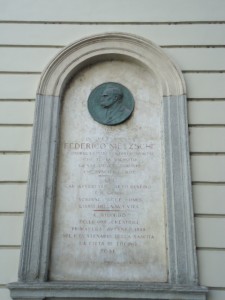

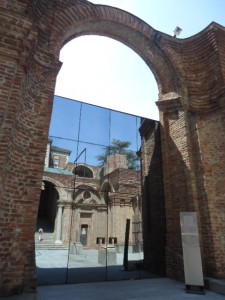
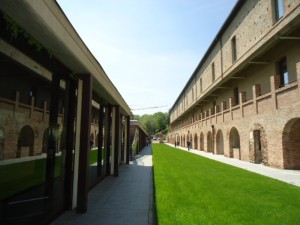


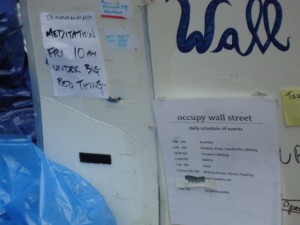
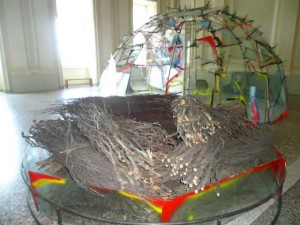
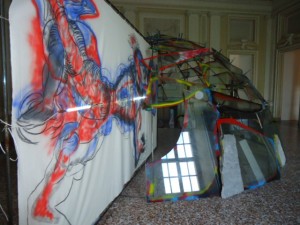
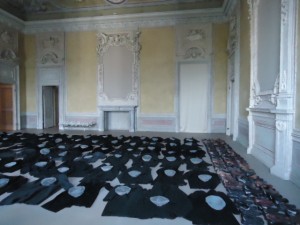
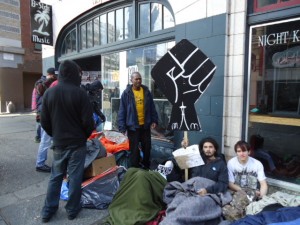
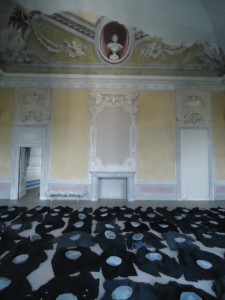


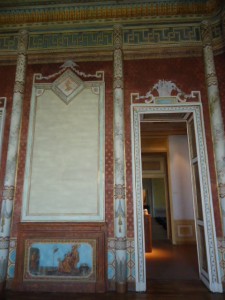
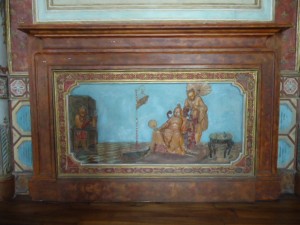
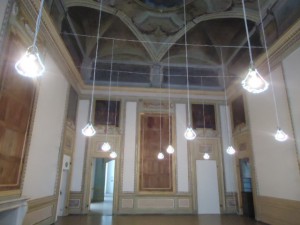

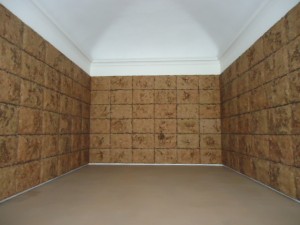
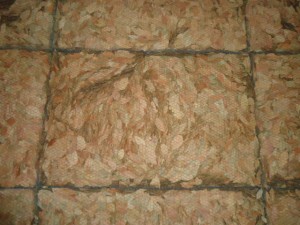

Dear Amitav,
Your blog continually features genuine wonders, the latest for me being the reference to these Boetti embroidered maps, which I had never heard of before.
To me – still here in Srinagar – they immediately sound akin to the astonishing ‘map shawl’ that is on display at the Pratap Singh museum here.
See a similar example here: http://images.artnet.com/images_US/magazine/features/stern/stern10-24-07-8.jpg
These Kashmiri map shawls have partly inspired a magnificent suite of artworks by Nilima Sheikh (another inspiration has been the poems of your friend Agha Shahid Ali), the totality of which I rate as one of the greatest achievements in contemporary Indian art since Independence.
See her sublime ‘The Valley’ here: http://www.gallerychemould.com/popups/artists/nilima_04.html
Thanks again for this post!
VM
Thanks very much for this VVM – especially the links!
Amitav